45 reading food labels cholesterol
Get the Facts! Steps to Reading and Understanding Nutrition Facts Labels Food labels list percentages of the recommended daily intakes of several nutrients. The numbers are based on a 2,000-calorie diet and are used for adults who are 18 years or older. If you consume more or less than 2,000 calories per day, you still can use % Daily Values as a reference. How to read food labels | healthdirect Saturated fats are linked to an increased risk of heart disease and high blood cholesterol, so it is especially important to choose foods low in saturated fat. Carbohydrate (total): Carbohydrates are found in all fruit and vegetables, all breads and grain products, and sugar and sugary foods. You need carbohydrates for energy. Click to open PDF.
How to Read Food Labels : Food Network | Food Network The percent of the Daily Value that is listed on the upper portion of the food label is yet another way to gauge how much saturated fat and cholesterol are in the foods that you buy and eat. If a...
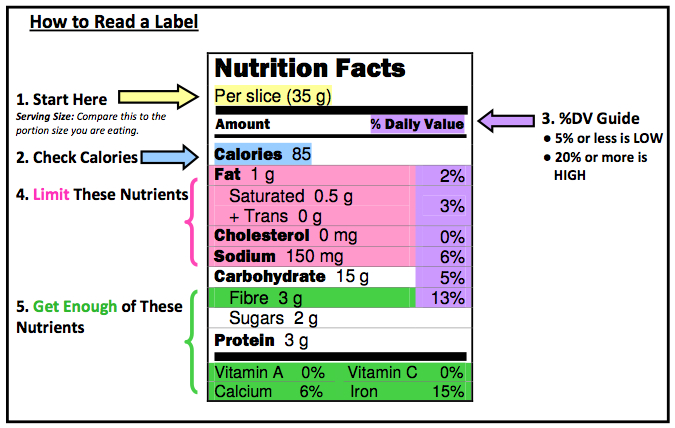
Reading food labels cholesterol
diabetes.org › reading-food-labelsReading Food Labels | ADA - American Diabetes Association The Nutrition Facts labels on foods are really the key to making the best choices. We'll cover the basics so that these labels make shopping easier for you. You've heard it all. From carb-free to low-carb, to whole and empty carbs, it's hard to know what it all means. Blood sugar highs and lows aren't always easy to understand. How to read food labels - Heart Foundation NZ The star rating is calculated using an algorithm that takes into consideration a number of positive and negative nutrients for a particular food. The positive elements include protein, fibre, fruit, vegetable, nut, seed and legume content. The negative elements include energy, sodium, saturated fat, and sugar. › article › 380166-why-is-readingWhy Is Reading Food Labels Important? | livestrong Understanding what's in the foods you eat helps you make healthier choices. Checking food labels also makes it easy for you to compare the nutrient content of different options. A healthy diet is crucial throughout your lifetime and paying attention to nutrition labels is a good step toward improving your overall diet.
Reading food labels cholesterol. diabetes.org › healthy-living › recipes-nutritionFats | ADA - American Diabetes Association Some types of fat are listed in the Nutrition Facts label on food products. Learn how to decode the label. When we talk about fat, it’s important to understand what we mean when we mention cholesterol. There are two types: the type found in our blood, known as blood cholesterol, and the cholesterol we eat, known as dietary cholesterol. How to read food labels: MedlinePlus Medical Encyclopedia If a label says that a food has 100 mg of sodium, this means it has about 250 mg of salt. You should eat no more than 2,300 mg of sodium per day. This is the amount of sodium that is in 1 measuring teaspoon of table salt. Ask your health care provider if you should have even less. The % daily value is included on the label as a guide. Quick Tips for Reading the Nutrition Facts Label - Food and Drug ... 1. Use a pair of scissors to cut along the dotted lines. 2. Fold along the center line. 3. Keep the Tip Card in your wallet or purse. Calories230 Amount per serving Serving size 2/3 cup (55g) 8... How to Read Food Labels Without Getting Confused Doctors advise people to eat less salt to avoid high blood pressure. The recommended universal limit of consuming salt is 2,300mg per day. When you shop for food products, removing the worst sodium offenders is important. Avoid ultra-processed foods and fast foods as they contain the most sodium amount.
Reading food labels: Tips if you have diabetes - Mayo Clinic Look for foods with fats, cholesterol and sodium on the low end of the Daily Value; keep fiber, vitamins and minerals on the high end. If your doctor or registered dietitian recommends more or less than 2,000 calories a day, you may need to adjust the percentage accordingly — or simply use the percentage as a general frame of reference. How to Read Nutrition Labels: Fat Content, Carbs & What To Look For Total Fat. Nutrition labels are required to include total fat, saturated fat, and trans fat. The total amount of fat in the diet is a percentage of your calorie needs. The recommendation for the typical American diet is around 30%. For someone taking in 2,000 calories, this would mean around 70 grams of total fat per day. How To Read Nutrition Labels - Mayo Clinic Diet Aim for low in saturated fat, trans fat, cholesterol, sodium, and added sugars. High is 20% or more. Aim high in vitamins, minerals and dietary fiber. 4. Check the ingredients Ingredients are listed by volume. The higher up on the list an ingredient is, the more of it the product contains. Make sure sugar isn't one of the first ingredients listed. › diseases-conditions › diabetesDiabetes - Diagnosis and treatment - Mayo Clinic Aug 09, 2022 · A reading of more than 200 mg/dL (11.1 mmol/L) after two hours means you have diabetes. A reading between 140 and 199 mg/dL (7.8 mmol/L and 11.0 mmol/L) means you have prediabetes. If your provider thinks you may have type 1 diabetes, they may test your urine to look for the presence of ketones.
How to Understand and Use the Nutrition Facts Label | FDA Dietary fiber, vitamin D, calcium, iron ad potassium are nutrients on the label that Americans generally do not get the recommended amount of. They are identified as nutrients to get more of.... Understanding Food Nutrition Labels | American Heart Association 1 - Start with the serving information at the top. This will tell you the size of a single serving and the total number of servings per container (package). 2 - Next, check total calories per serving and container. Pay attention to the calories per serving and how many calories you're really consuming if you eat the whole package. kidshealth.org › en › kidsFiguring Out Food Labels (for Kids) - Nemours KidsHealth A food with 5% or less of a nutrient is low in that nutrient. A food with 10%–19% of a nutrient is a good source of that nutrient. A food with 20% or more of a nutrient is high in that nutrient. The information on food labels is based on an average adult diet of 2,000 calories per day. How To Read Cholesterol Labels - HealthyCholesterolClub.com Eating too much unhealthy fat saturated and trans fats can increase your risk for heart disease, high cholesterol, obesity, high blood pressure, type 2 diabetes, and cancer. Saturated fat comes mainly from meat, poultry with skin, whole milk dairy products, coconut and palm kernel oils, and stick margarine.
Food Labels: Fat & Cholesterol | Home & Garden Information Center The 2015 Dietary Guidelines for Americans recommends the following intakes of fat and cholesterol every day: total fat—20 to 35% of calories, depending on age and gender (65 grams for the 2,000-calorie intake level used in the Daily Value)* saturated fat—less than 10% of calories** trans fat— keep as low as possible
› en › healthy-livingUnderstanding Ingredients on Food Labels | American Heart ... Mar 06, 2017 · These fats raise your bad cholesterol (LDL) and decrease your good cholesterol (HDL). Some experts say you should choose foods with five or fewer ingredients. While this “five-limit rule” has gotten a lot of attention lately, Kris-Etherton said there’s no reason to complicate your label reading to this degree.
Easy Guide to Understanding Food Labels When You Have High Cholesterol ... This means that your food may contain trans-fat even if the food label says 0 gram. Therefore it's important to check the ingredient list (more on this later). Cholesterol guidelines currently recommend having not more than 300 milligrams of cholesterol per day, and if you have heart disease, aim for less than 200 milligrams per day. 2.
PDF A Guide to Reading Food Labels - University of Rochester Food Labels Reading food labels can help you make wise food choices. Most foods list nutrition information on the package label, called Nutrition Facts. ... They may raise your blood cholesterol level, which can increase your risk of heart disease. Choose foods containing less than 10% of calories from saturated fat.
A Real Person's Guide To Reading Nutrition Labels But first, here are a few nutrition terms to understand: Calorie-free: 5 calories or less per serving. Low calorie: 40 calories or less per serving. Reduced calorie/fat: At least 25% less calories/fat than the original product. Low fat: 3 grams (g) or less of fat per serving. Fat-free: Less than 0.5 g of fat per serving.
5 tips for decoding food labels - Harvard Health Here are 5 ways to make food labels work for you: Size matters. Serving size is always the first item on the label. All other information is based on that serving size. The servings per container tell you know how many portions are in the whole box, package, or can. Beware: many packages contain more than one serving.
Reading Food Labels - The Queen's Health System Reading Food Labels. The traditional Hawaiian diet may have been "one of the best in the world.". It was a simple, high starch, high fiber, low saturated fat, low cholesterol, and LOW in SALT. - George Kanahele. While salt is an essential nutrient for all bodily functions, we often eat excess amounts of salt. Knowing how to read food ...
How to Read Food Labels for a Heart-Healthy Diet Partially hydrogenated oil Omega-3 fatty acid Olive oil Butter What's important to know about the first ingredient listed on a label? It's the healthiest. It's in the largest quantity. It's first due to alphabetical order. What words should I look out for that mean sugar? High-fructose corn syrup Agave nectar Dehydrated cane juice All of the above
Reading Food Labels - What You Need to Know - Drugs.com Care guide for Reading Food Labels. Includes: possible causes, signs and symptoms, standard treatment options and means of care and support. ... "Reduced" or "less" fat: At least 25 percent less fat, when compared to a similar food. Cholesterol: "Cholesterol free": Less than two mg of cholesterol per serving. "Low cholesterol": Twenty (20) ...
Food Labels 101: Understanding the Nutrition Facts Label Cholesterol. Foods high in cholesterol can increase your risk for heart disease. So, look for foods low in cholesterol, such as those found in a plant-based diet. Fats - Saturated and Trans. If the label indicates that the food is high in saturated fat (no more than 20 grams total for the day), then it is not an ideal food for a heart healthy diet.
How To Read Food and Beverage Labels - National Institute on Aging Although frozen and canned fruits and vegetables have food labels, fresh varieties often do not. You can find nutrition information for fresh vegetables and fruits on the USDA website. Or you can call the U.S. Department of Agriculture's Food and Nutrition Information Center at 301-504-5414. Understanding percent Daily Value (% DV)
How to Read Food Labels Without Being Tricked - Healthline This label says very little about whether a product is healthy. For example, organic sugar is still sugar. No added sugar. Some products are naturally high in sugar. The fact that they don't have...
› eating-well › howHow to understand food labels | Eat For Health More information about food labelling requirements can be found at Food Labels - What do they mean? Food Standards Australia and New Zealand [PDF, 1MB]. While food labels can carry many different types of information, the main things to look at when choosing healthy food are the Nutrition Information Panel. Nutrition Information Panel
How to Tell If Foods Are Low or High Cholesterol Each food label should include milligrams (mg) of cholesterol per serving. Don't forget to look at the serving size as well. Sometimes products can seem low in cholesterol, but if you eat more than the recommended servings at one sitting, then you can end up consuming a lot more cholesterol than you intended.
How to Read the Nutrition Facts Label on Packaged Foods - WebMD Limit salt to 2,300 milligrams (about 1 teaspoon) daily. If you have high blood pressure, kidney disease, or diabetes, or are African-American or older than 51, your daily limit is lower: 1,500...
› article › 380166-why-is-readingWhy Is Reading Food Labels Important? | livestrong Understanding what's in the foods you eat helps you make healthier choices. Checking food labels also makes it easy for you to compare the nutrient content of different options. A healthy diet is crucial throughout your lifetime and paying attention to nutrition labels is a good step toward improving your overall diet.
How to read food labels - Heart Foundation NZ The star rating is calculated using an algorithm that takes into consideration a number of positive and negative nutrients for a particular food. The positive elements include protein, fibre, fruit, vegetable, nut, seed and legume content. The negative elements include energy, sodium, saturated fat, and sugar.
diabetes.org › reading-food-labelsReading Food Labels | ADA - American Diabetes Association The Nutrition Facts labels on foods are really the key to making the best choices. We'll cover the basics so that these labels make shopping easier for you. You've heard it all. From carb-free to low-carb, to whole and empty carbs, it's hard to know what it all means. Blood sugar highs and lows aren't always easy to understand.
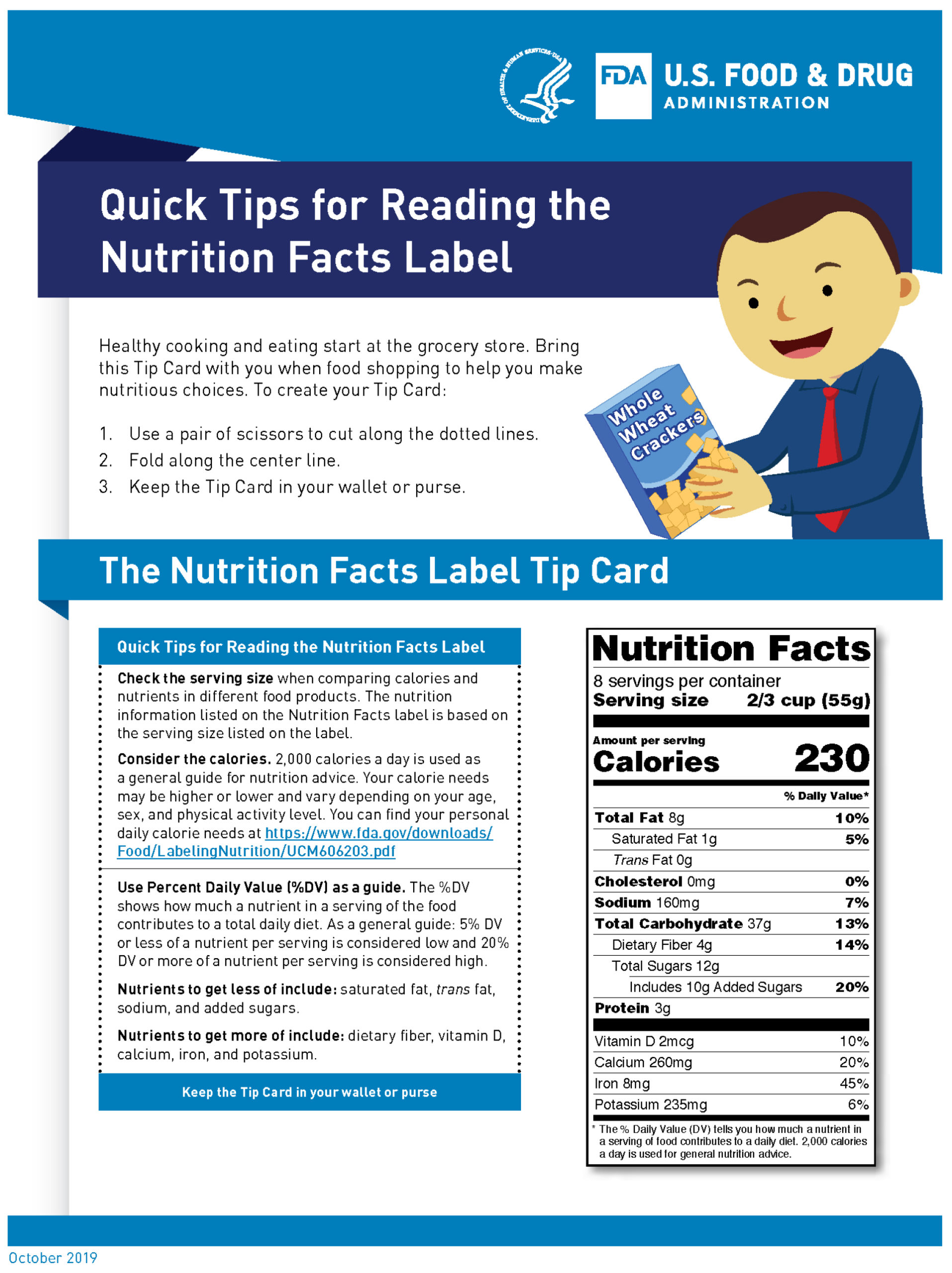


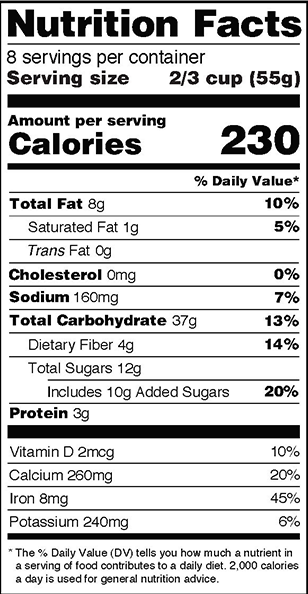
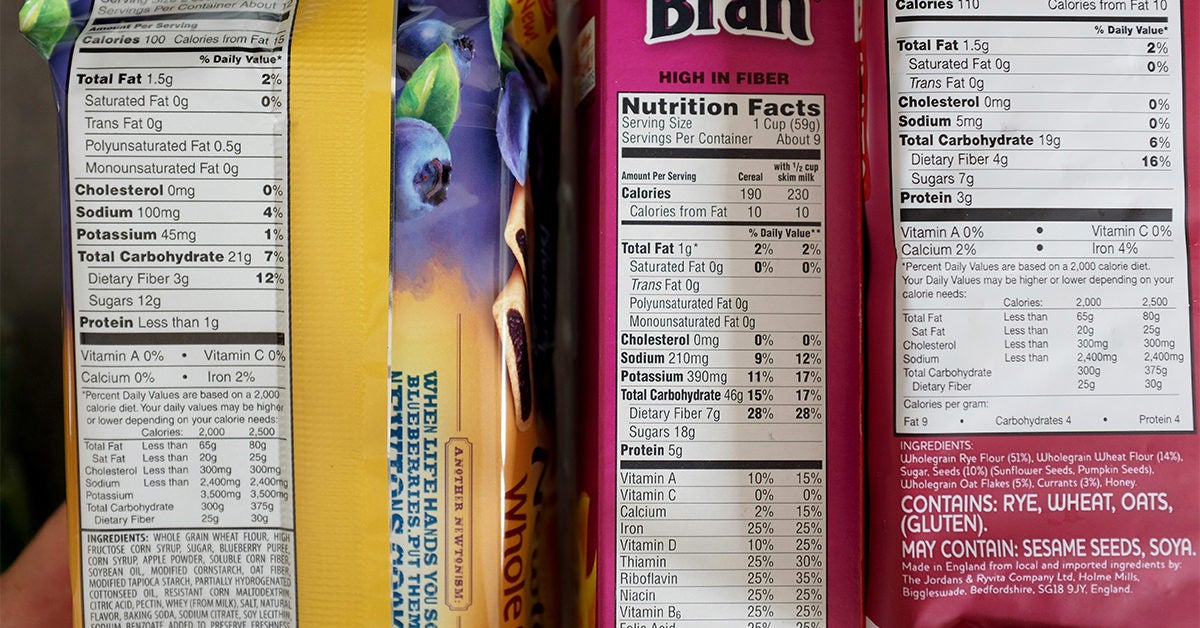





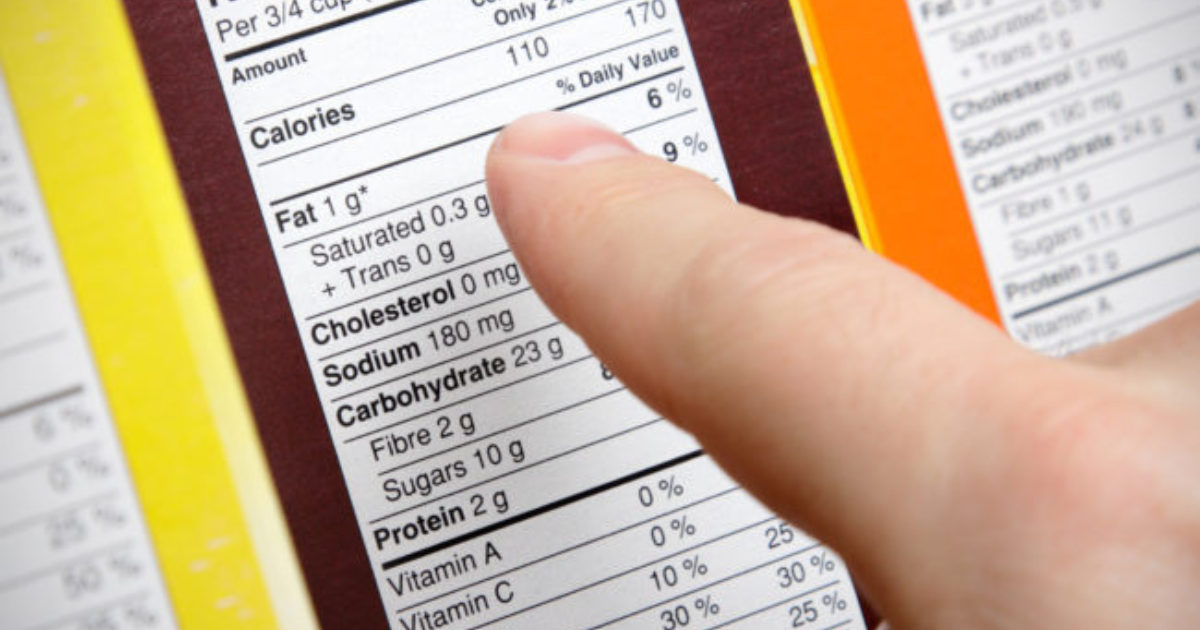
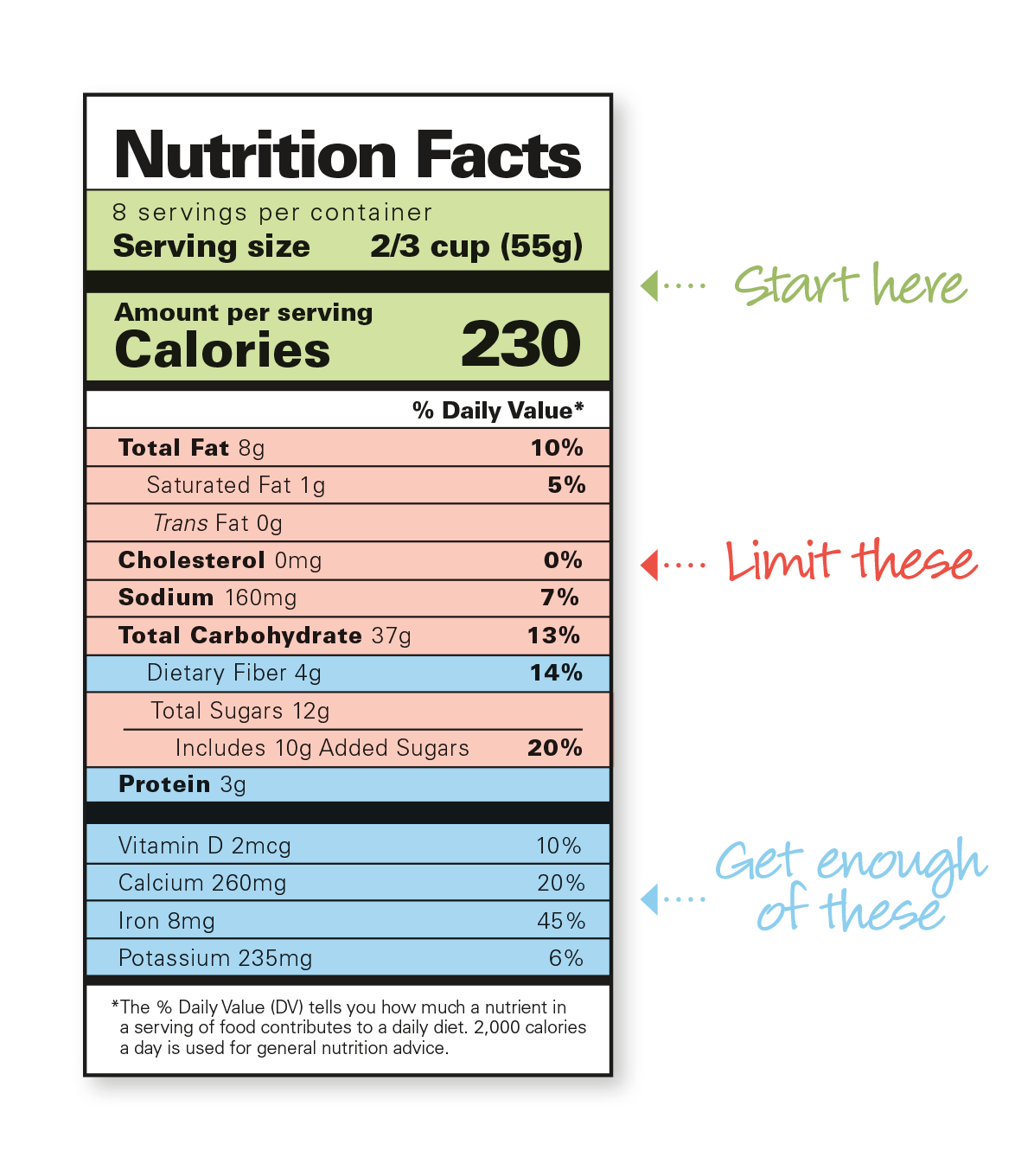
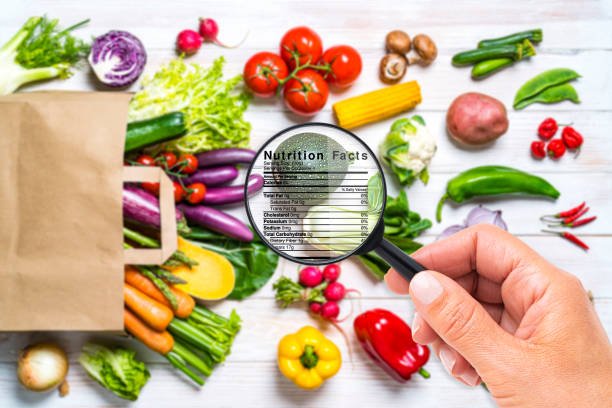
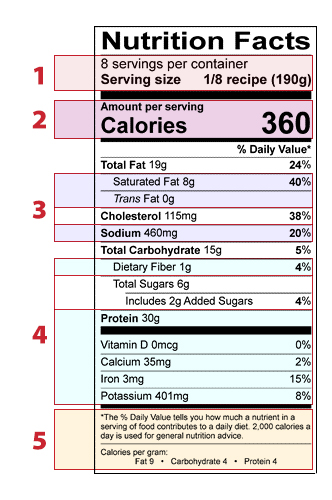
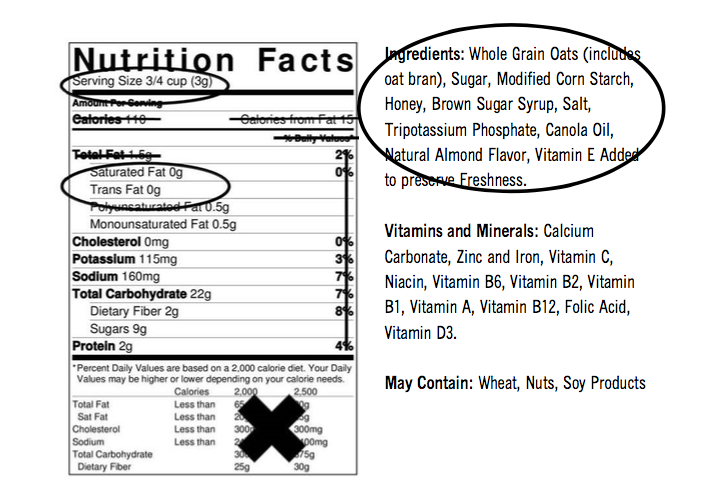
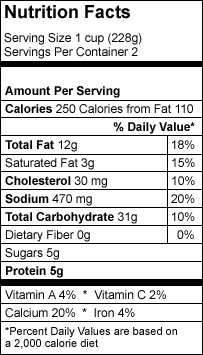




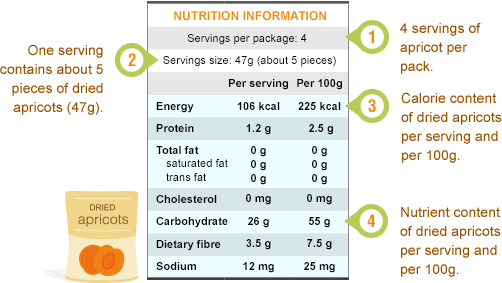






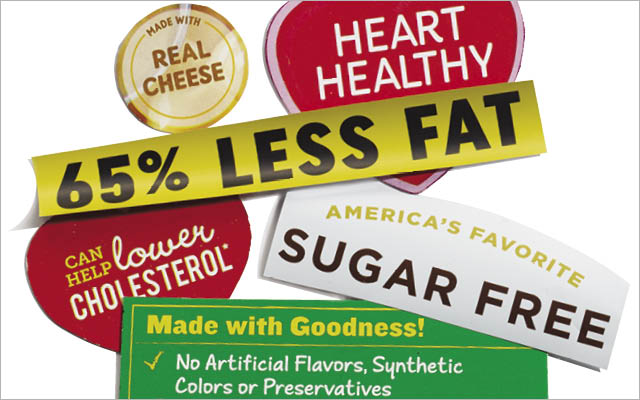
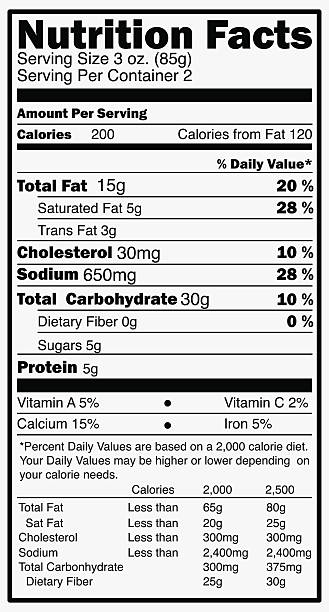
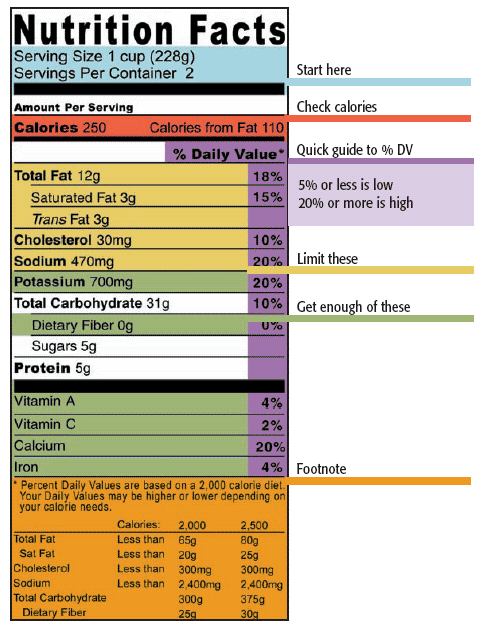


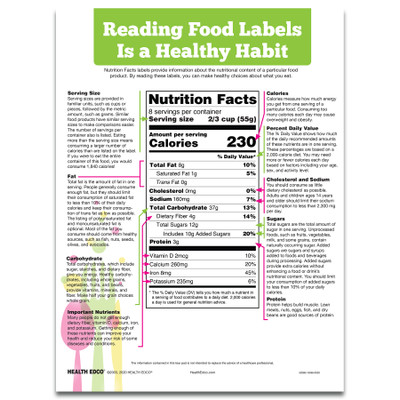
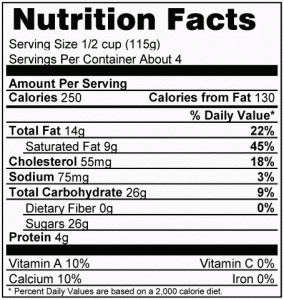
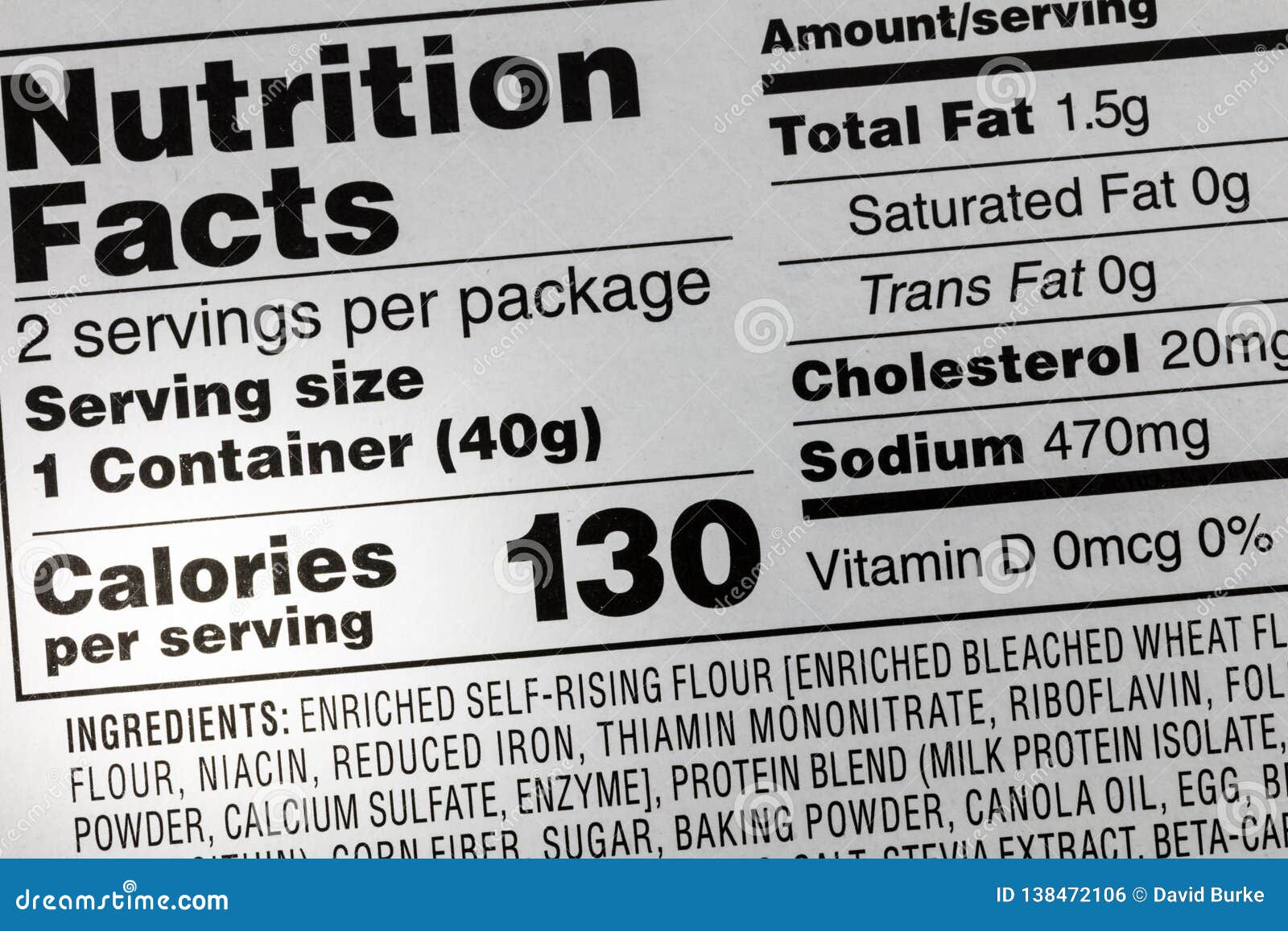
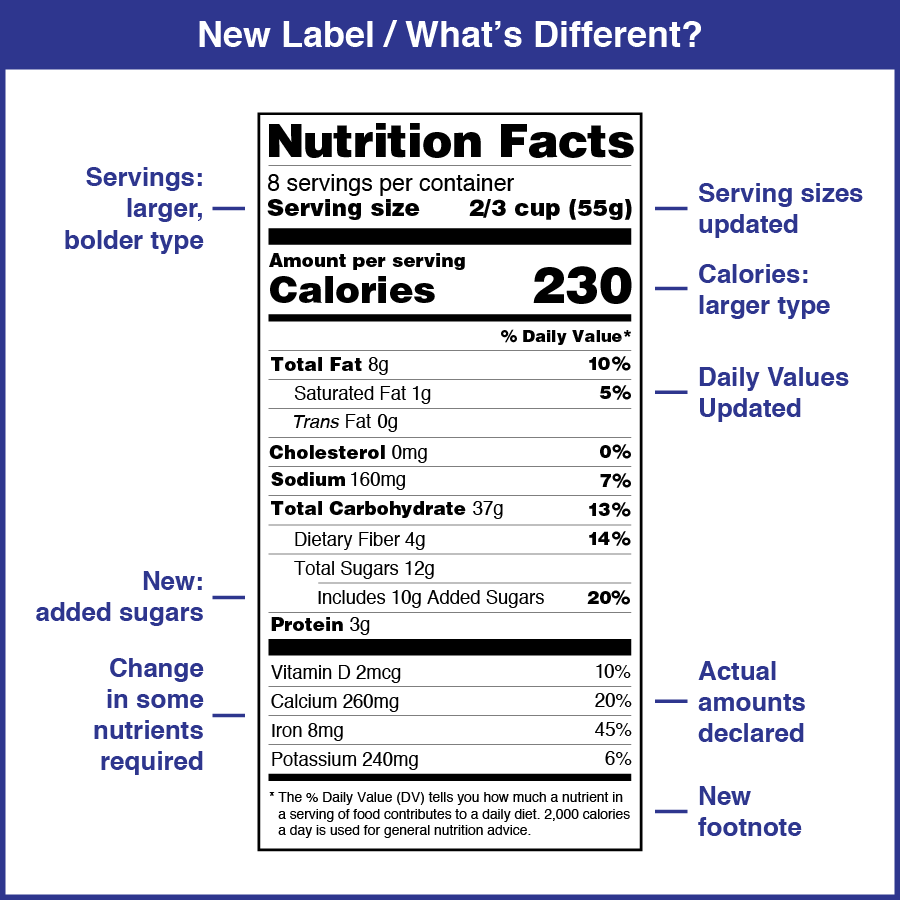



Post a Comment for "45 reading food labels cholesterol"